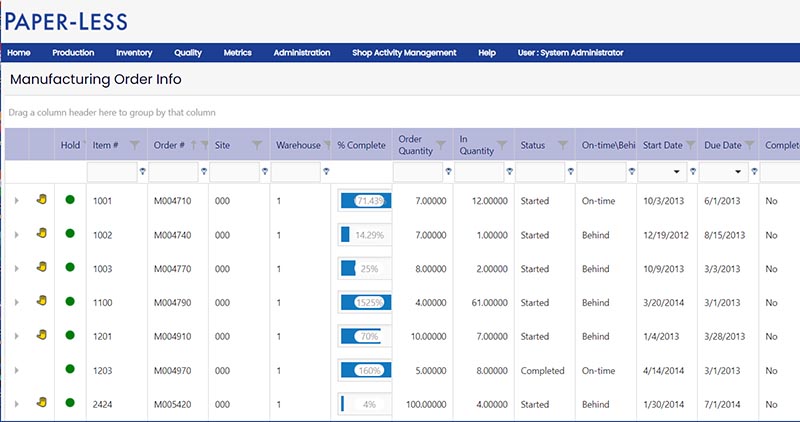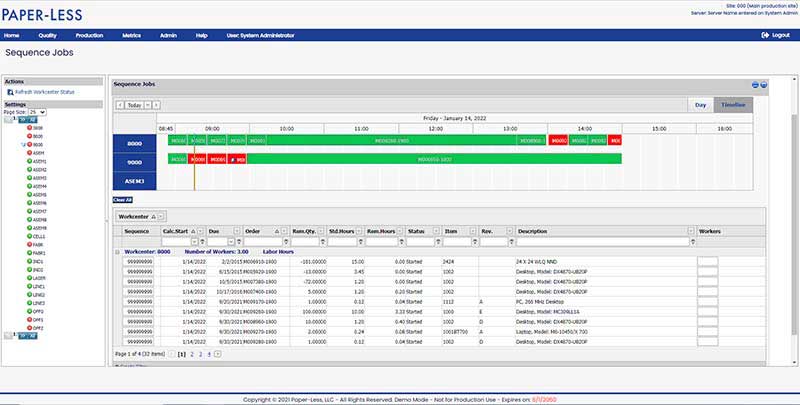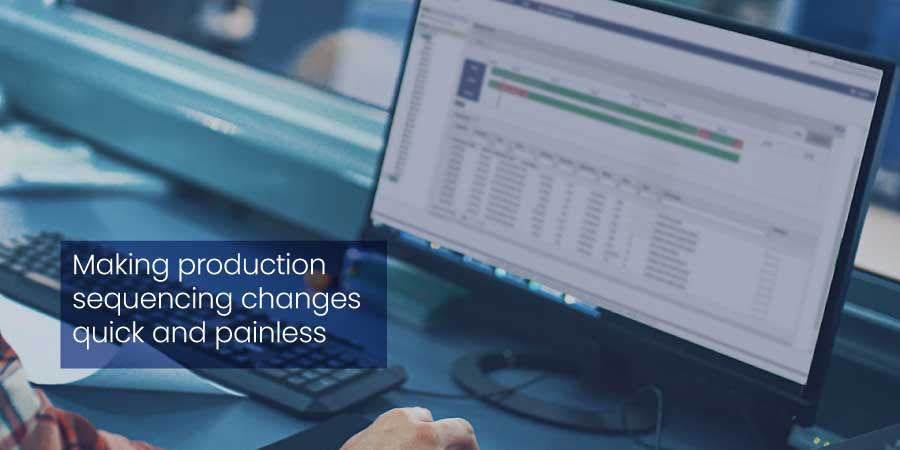A Manufacturing Execution System (MES) like MV2 can reduce the time and trouble of adjusting production operations when changing conditions require it.
Manufacturers know that almost nothing goes exactly as planned, especially in high mix, low volume industries. Machines go down, workers don’t show up and then there’s the materials issues that could happen.
That means managers must be able to make decisions quickly when these scenarios develop. They also need to make sure those decisions are executed quickly. But trying to be responsive using paper-based control systems is at best inefficient. At worst, they can become nearly crippling with errors and confusion.
Moving to an electronic management system can help increase a shop floor’s flexibility as well as reduce issues. Manufacturing Execution Systems are those systems that can provide managers the speed and agility to battle events and changes when they manifest – and may head a few of them off before they become problems.
We’ve highlighted below three areas where an MES like MV2 can help.
Immediate assessment of operations

An MES puts the operations a work center has scheduled in front of the manager with just a click and drag. It also provides the condition of that work center on the same screen: running, idle, or down. It also shows whether the operation is behind its scheduled completion date. This provides the manager the ability to immediately understanding what’s going on without leaving their desk.
Graphical re-sequencing interface

The Job Sequencing screen in MV2 further provides a manager the ability to click and drag operations on work center’s timeline. MV2 also provides the ability to re-assign an order to another work center if the manager feels this would be beneficial given current conditions – all from their desk.
Immediate communication of changes
The changes made can be set up to immediately notify the work center of the change, as well as material handling and other shop floor resources who support the new production sequence. That means no paper orders for supervisors to physically distribute or the confusion dealing with competing paperwork in the work center. It also means digitally reaching across departments to coordinate everything necessary to make the change as efficient as possible.
The above are just the surface of how a manufacturing execution system like MV2 can help a manager be more adaptable in the light of changes effecting the shop floor. Of course, there are more aspects where an MES can support discrete manufacturers – and there can be even more when employing customized extensions that can finely tune MV2 to your specific environment.
If you’re looking to get more immediate understanding, control and flexibility from your shop floor operations, contact us today to learn more.



